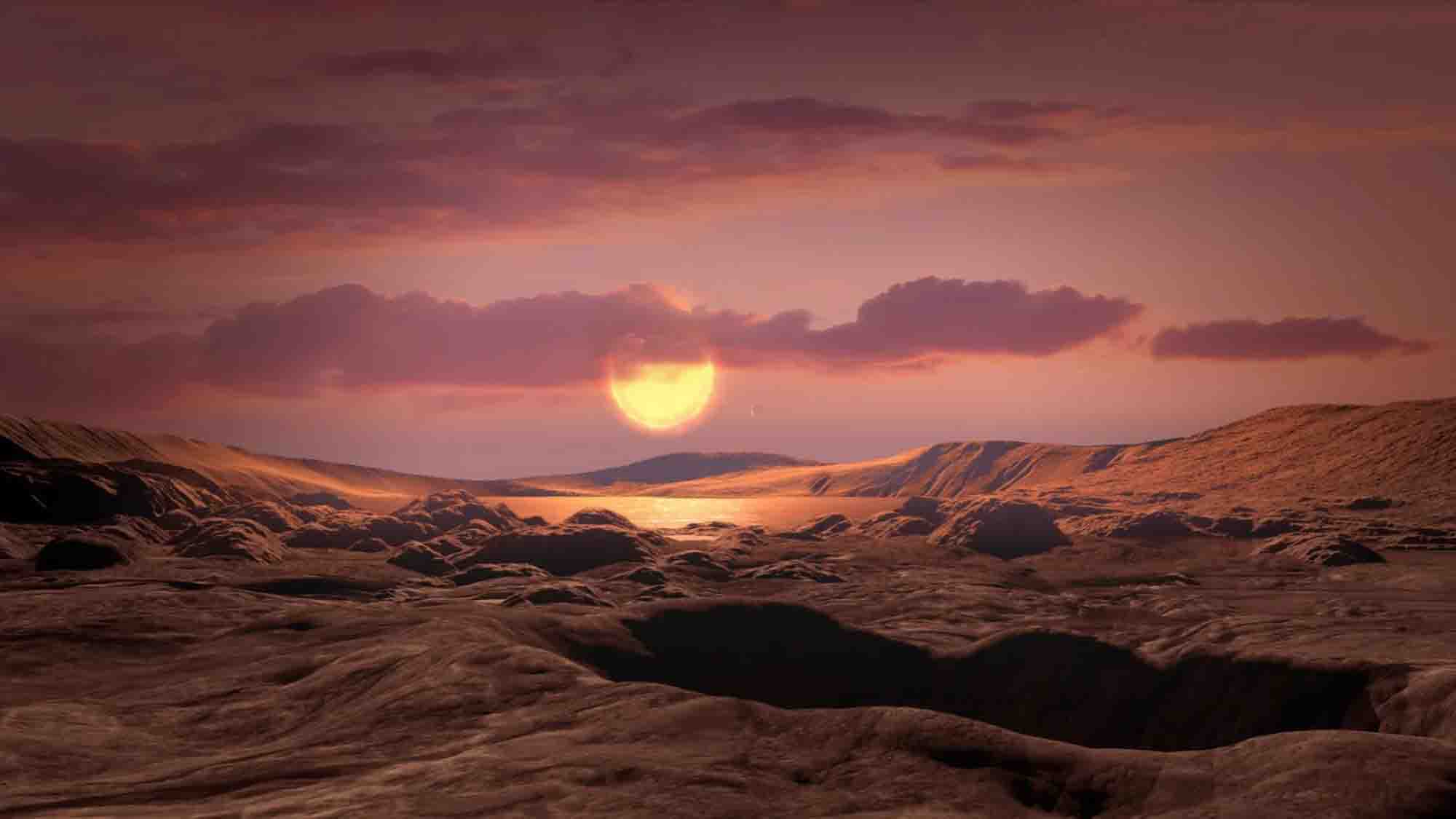Astronomers have discovered a possibly habitable exoplanet only 31 light-years away from Earth.
The international team of researchers led by Diana Kossakowski from the Max Planck Institute for Astronomy (MPIA), in the city of Heidelberg, Baden-Wuerttemberg, Germany confirmed the existence of an Earth-mass exoplanet named Wolf 1069 b.
It orbits a red dwarf star named Wolf 1069, which is positioned only 31 light-years from Earth, and is the sixth closest Earth-mass planet in the habitable zone of its host star, according to the study.
The discovery was reportedly very exciting for the team of 50 astronomers, as despite more than 5,200 exoplanets having been discovered up to date, less than 200 are rocky.

Additionally, only about a dozen of them inhabit the circumstellar habitable zone which is why finding such low-mass planets is still a great challenge for modern researchers.
But the team now affirmed that the newly-found planet’s environment is quite rocky, and at about 1.26 the mass of Earth and 1.08 the size.
It additionally orbits in its star’s habitable zone, which makes it a perfect candidate for a possible existence of liquid water on its surface.
Kossakowski said in a statement obtained by Newsflash: “When we analysed the data of the star Wolf 1069, we discovered a clear, low-amplitude signal of what appears to be a planet of roughly Earth mass.
“It orbits the star within 15.6 days at a distance equivalent to one-fifteenth of the separation between the Earth and the Sun.”

But despite the close range, Wolf 1069 b only receives about 65 per cent of the incident radiant power of what the Earth obtains from the Sun.
It reportedly emits much less radiation in comparison to solar properties, and its surface is cooler, making the star appear orange which results in reduced heating power.
Its surface temperatures range between minus 95.15 and 12.85 degrees Celsius, with an average of minus 40.14 degrees Celsius.
Kossakowski said: “As a result, the so-called habitable zone is shifted inwards.”
Study co-author Jonas Kemmer from Heidelberg University added: “The CARMENES [Calar Alto High-Resolution Search for M Dwarfs with Exoearths with Near-infrared and Optical Echelle Spectographs] instrument was built for the very purpose of making it easier to discover as many potentially habitable worlds as possible.”
However, as the planet is tidally locked to its parent star, one of its sides is always exposed to daylight, while the other is always in darkness, meaning that the planet does not have a day and night cycle like Earth.
This reportedly causes the star’s gravity to act differently across the planet’s surface, resulting in a braking effect, stated the institute.
Nevertheless, the researchers hoped the planet’s sunkissed side could exhibit habitable conditions, because of its favourable prospects regarding habitability such as Proxima Centauri b and TRAPPIST-1.

But Kossakowski pointed out that the search for biosignatures is currently beyond the capabilities of astronomical research and added: “We’ll probably have to wait another ten years for this.
“Though it’s crucial we develop our facilities considering most of the closest potentially habitable worlds are detected via the RV method only.”
The study was published in the monthly peer-reviewed scientific journal Astronomy and Astrophysics on Friday, 3rd February.
To find out more about the author, editor or agency that supplied this story – please click below.
Story By: Georgina Jadikovska, Sub-Editor: Marija Stojkoska, Agency: Newsflash
The Ananova page is created by and dedicated to professional, independent freelance journalists. It is a place for us to showcase our work. When our news is sold to our media partners, we will include the link here.




